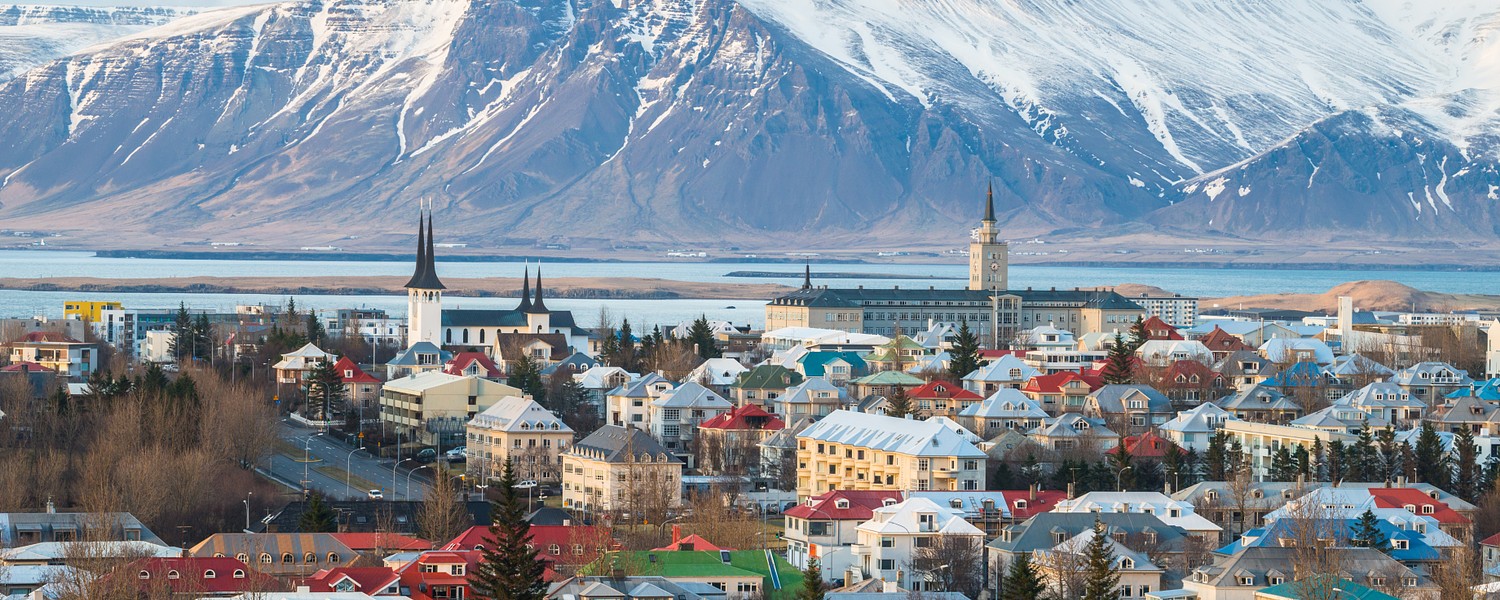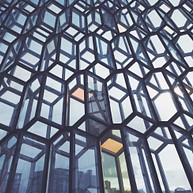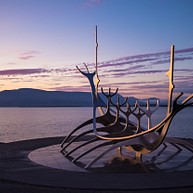Section in Reykjavík
Top 11
Reykjavík’s compact city centre is a friendly and colourful network of small streets with historic buildings, a wide selection of boutiques, designer shops, and cafés and restaurants that serve attractive dishes made of the freshest ingredients. Find the perfect souvenir, enjoy a gourmet meal or lose track of time in a modern gallery. Check out our Top 11 things to do in Reykjavík.
If you have more time on your hands we encourage you to go beyond the trendy “101” postcode of the Reykjavík city centre and view some of the intriguing sites that the Reykjavík Capital Area offers, including Viking and elf territories, museums displaying both nature’s wonders and cultural icons, some excellent new thermal pool facilities and top bird watching sites.
Read more













